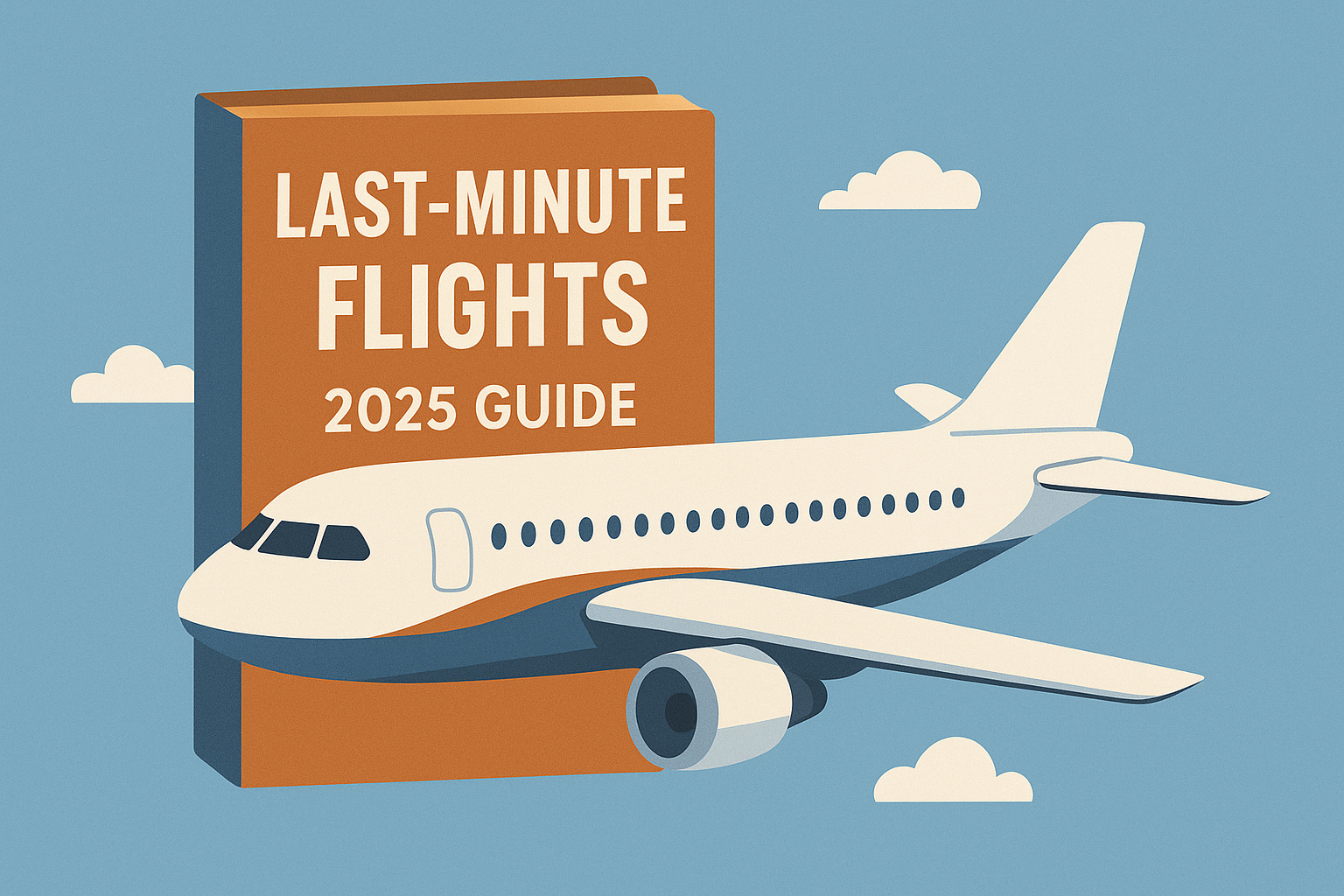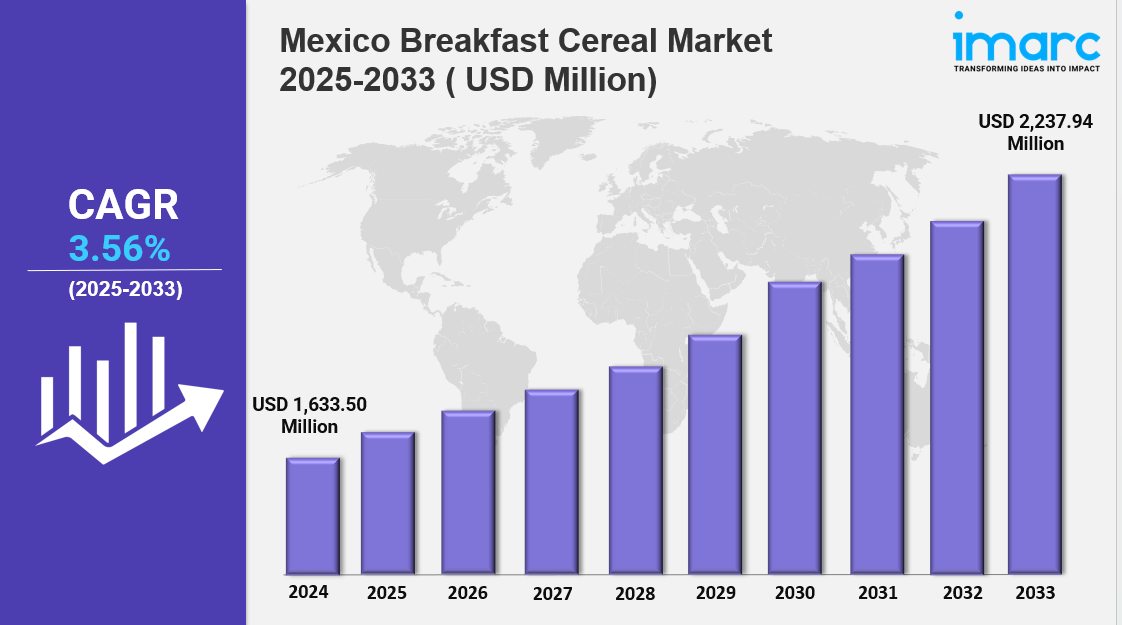Plans change—fast. A wedding gets moved up, a deal closes early, or a family emergency calls you home. When timing is tight, last minute flights don’t have to be chaotic or wildly expensive. In 2025, dynamic pricing windows, better award refresh cycles, and flexible policies create real opportunities if you act with structure. This guide gives you a practical playbook to move quickly, cut noise, and capture value—without sacrificing comfort on long-haul routes between the USA and India.
What “last minute” really means now
“Last minute” is a moving target shaped by route and season rather than a fixed rule. For short-haul, it typically means 0–3 days before departure; for transoceanic USA→India itineraries, assume 0–7 days. That window matters because inventory shifts happen on clocks: corporate blocks recycle to public inventory in the evening, fare families consolidate 48–24 hours out, and many loyalty programs refresh award space around midnight to 2 a.m. local. When you’re inside this band, treat time like currency—every hour you wait should buy you more options or a lower total trip cost.
A 72-hour playbook that actually works
T-72 to T-48: Build options, not just searches
- Draft a three-by-three grid: three nearby departure airports × two or three viable hubs × your destination.
- Set hourly alerts on two aggregators and one OTA; add a manual sweep before bed.
- If a refundable fare appears within ~10–15% of your target price, grab it as a placeholder.
T-48 to T-24: Ride the recycle
- Recheck fares after 6–9 p.m. local when unsold corporate seats return.
- Scan premium economy; occasional downgrades push economy prices down.
- Compare total trip cost (bags, seats, meals) rather than raw fare.
T-24 to T-0: Speed over perfection
- If cash surges, pivot to points or add a positioning hop to a seat-rich hub.
- Keep docs, loyalty logins, and payment methods ready for a two-minute checkout.
This cadence keeps you ahead of the rush typical with last minute flights and turns volatility into leverage.
When prices dip—and which flights to target
The best clock is about time of day, not day of week. Late evening at your origin often yields cash dips; award inventories tend to refresh around 1–2 a.m. Red-eyes and first-wave departures price more rationally because they absorb late demand efficiently. Midweek departures with Saturday-night or early-Tuesday returns often deliver lower total cost. If you’re chasing cheap last minute flights, go carry-on-only, favor red-eyes, and route through hubs that give you multiple onward options (so one closed door doesn’t end your trip).
Tools and workflows that do the lifting
- Multi-source alerts with 3–6-hour cadence across two metasearch engines and one OTA.
- ±3-day calendars to surface shoulder dates that are still practical.
- Build-your-own connections: position to a capacity hub (EWR/JFK, ORD, LHR, FRA, DOH, IST) and continue from there.
- 24-hour rule (where available): buy now, then re-price or cancel if something better appears.
- Award sweeps: keep transferable points liquid until you see space, then transfer and issue instantly.
This workflow consistently surfaces bargains on last minute flights without endless scrolling.
Alternate airports and resilient routes
Alternate airports can cut same-week costs by 15–35%:
- Northeast: JFK/EWR are strong, but BOS or IAD can undercut during crunch weeks.
- Midwest: ORD has sheer capacity; YYZ becomes valuable if you have Canadian authorization.
- South: DFW/ATL are reliable; IAH often carries late-stage award or consolidator space.
- West: LAX frequently beats SFO close-in; SJC/OAK can surprise for Bay Area travelers.
One-stop strategies via DOH, AUH, DXB, FRA, MUC, or IST are particularly resilient. If cash fares go vertical for last minute flights, a short positioning leg to a seat-rich hub can flip the pricing curve in your favor.
Comfort without the markup
Late booking doesn’t need to be a punishment. Choose the aircraft—not just the airline—because A350 and 787 cabins (humidity and pressure) are meaningfully nicer on long hauls. Delay seat selection until maps stabilize 12–20 hours pre-departure, then pay only if it changes rest quality. Pack carry-on-only and pre-weigh to avoid gate fees. Finally, understand fare families; the cheapest headline price can explode once you add late bag purchase, seat fees, or meal upgrades. A calm, total-cost comparison guards against surprises at checkout.
Use points as your shock absorber
When cash prices spike, points often lag and become your rational path. On Star Alliance, United/Air Canada/ANA still show saver openings close-in; in Oneworld and the Middle East corridor, BA/Avios are excellent for feeders and Qatar occasionally releases premium space. American’s “web specials” appear at odd hours. Keep transferable currencies flexible until the exact itinerary is available; then move points and issue immediately. Booking last minute flights with points while holding a refundable cash backup is the safest way to ride price swings without overpaying, and card protections help if irregular ops hit.
Discount stacking that quietly adds up
Stack small edges: time-boxed OTA credits, airline e-wallet balances, and targeted offers. Keep one tab pinned to Last Minute Flight Deals as your curated jumping-off point, then verify prices across metasearch. If you can apply an Indian Eagle promo code on the exact dates and route you need, take the win—especially if you’re still inside a 24-hour free-cancel window and can re-book should something better surface. These tiny trims compound into real money when timelines are tight.
Risk management you can do in ten minutes
- Transit rules: Check whether Schengen, UK, Canada, or Middle East hubs require advance authorization—even for “airside” transfers.
- Buffers on separate tickets: Two hours is bare minimum; four is safer with immigration or winter weather.
- Ticket order: Secure the long leg first; add the short positioning segment after you’ve locked the backbone.
- Paper trail: Screenshot baggage allowances, ticketing deadlines, and fare rules. Agents help faster when you can cite the exact fare class.
- Health and documents: Keep vaccination, visa pages, and passport scans synced to your phone’s secure folder for quick access at check-in.
Myths vs. what still works
“Tuesdays are cheapest” isn’t a reliable rule anymore; inventory cycles and cabin load drive price more than weekday folklore. Waiting can help if cabins are soft, but when they’re near full, late-stage surges are real. Not all consolidators or OTAs have identical contracts, so comparison is mandatory. The durable truths are simpler: cast a wide net, move fast with refundable placeholders, verify total trip cost, and stay flexible on airport and time of day. These habits outperform hunches, particularly when you’re working inside small windows.
Conclusion
Spontaneous travel doesn’t have to be expensive or stressful. Build options early, let alerts do the heavy lifting, and use refundable holds to buy time while you monitor evening inventory cycles and midnight award refreshes. Alternate airports, carry-on-only packing, and disciplined seat selection protect comfort without adding bloat. When cash runs hot, points and strong card protections step in. Stack modest discounts, double-check transit rules, and keep documentation ready for a two-minute checkout. Master these habits and you’ll consistently beat the market on last minute flights—even when departure is tomorrow.



